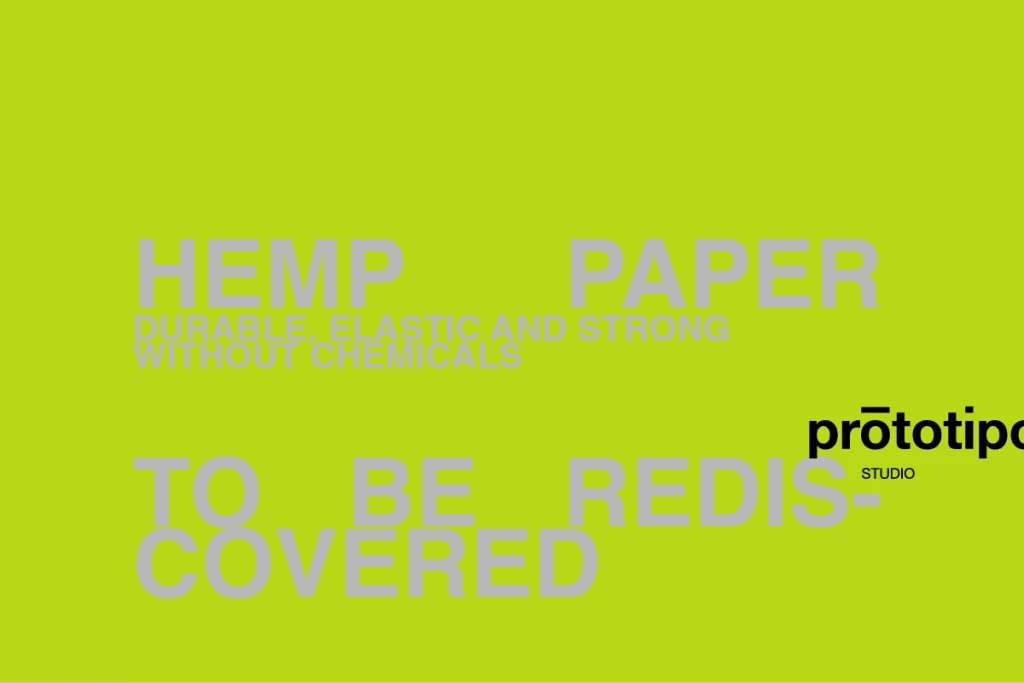
Prototipo Studio and the restoration of Italian hemp supply chain: a challenge
Every step guaranteed in Italy, no chemical agents, clear traceability: harvesting, fiber scutching, steeping in water, spinning – this is all about hemp by Prototipo Studio


















